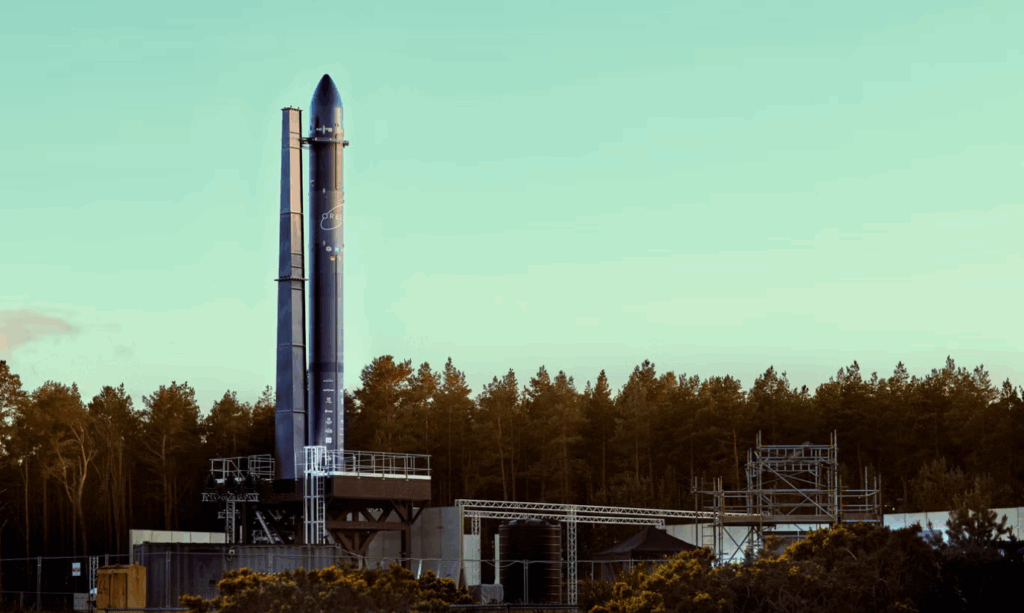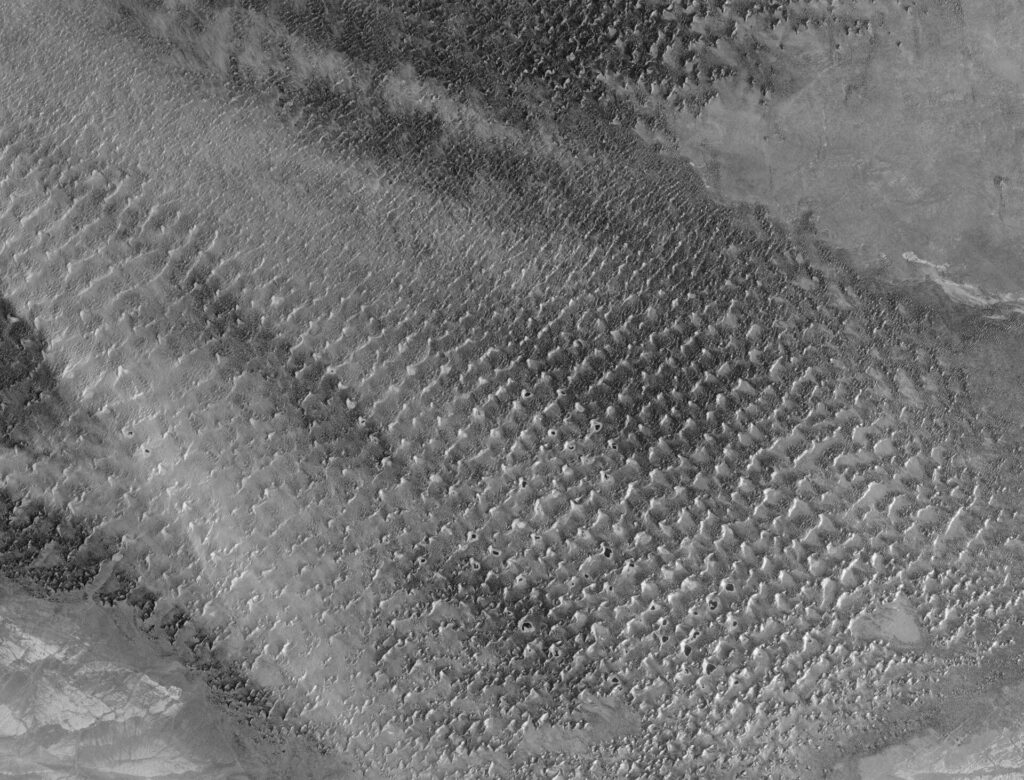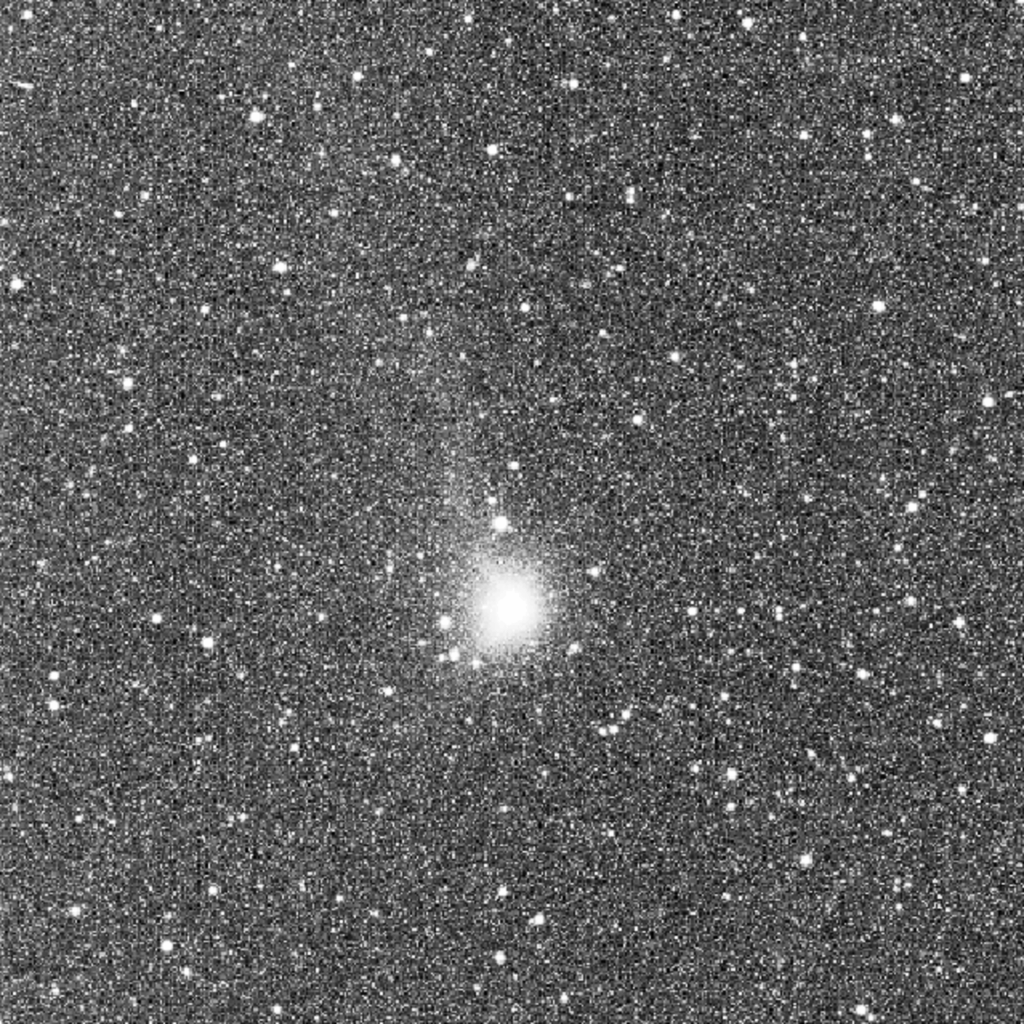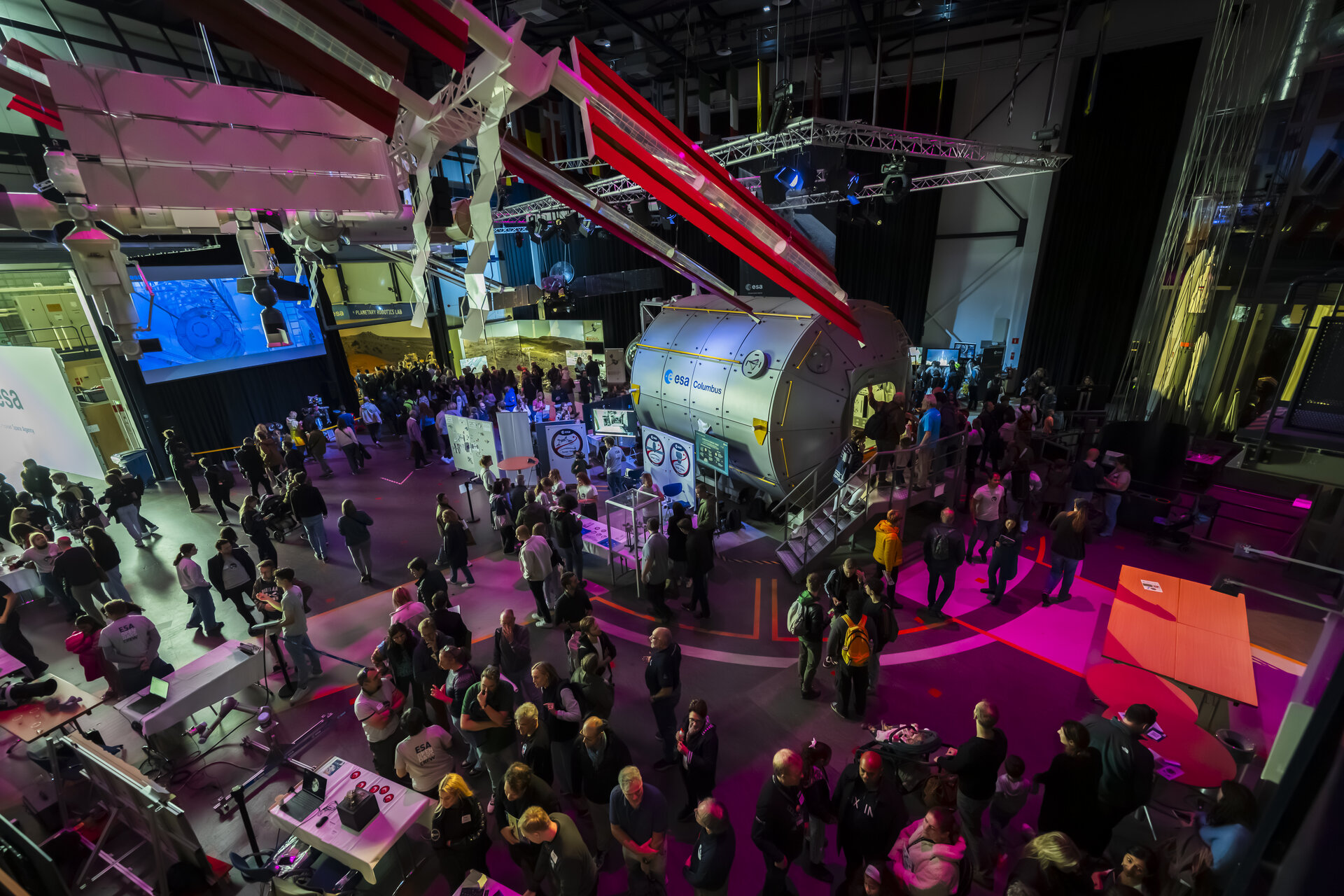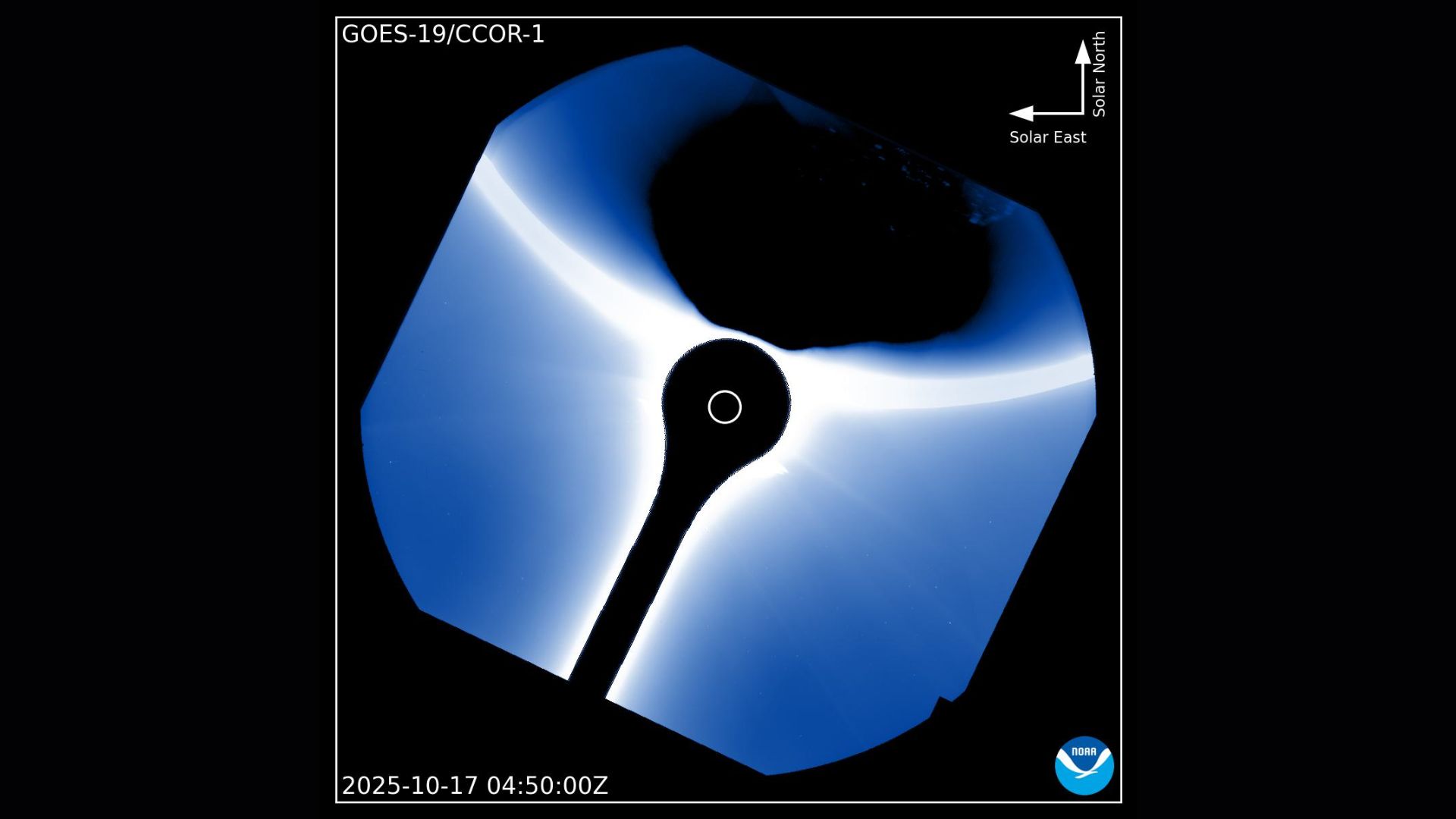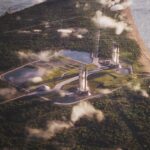Now Reading: FutureEO at ESA’s Ministerial Council 2025
-
01
FutureEO at ESA’s Ministerial Council 2025
FutureEO at ESA’s Ministerial Council 2025
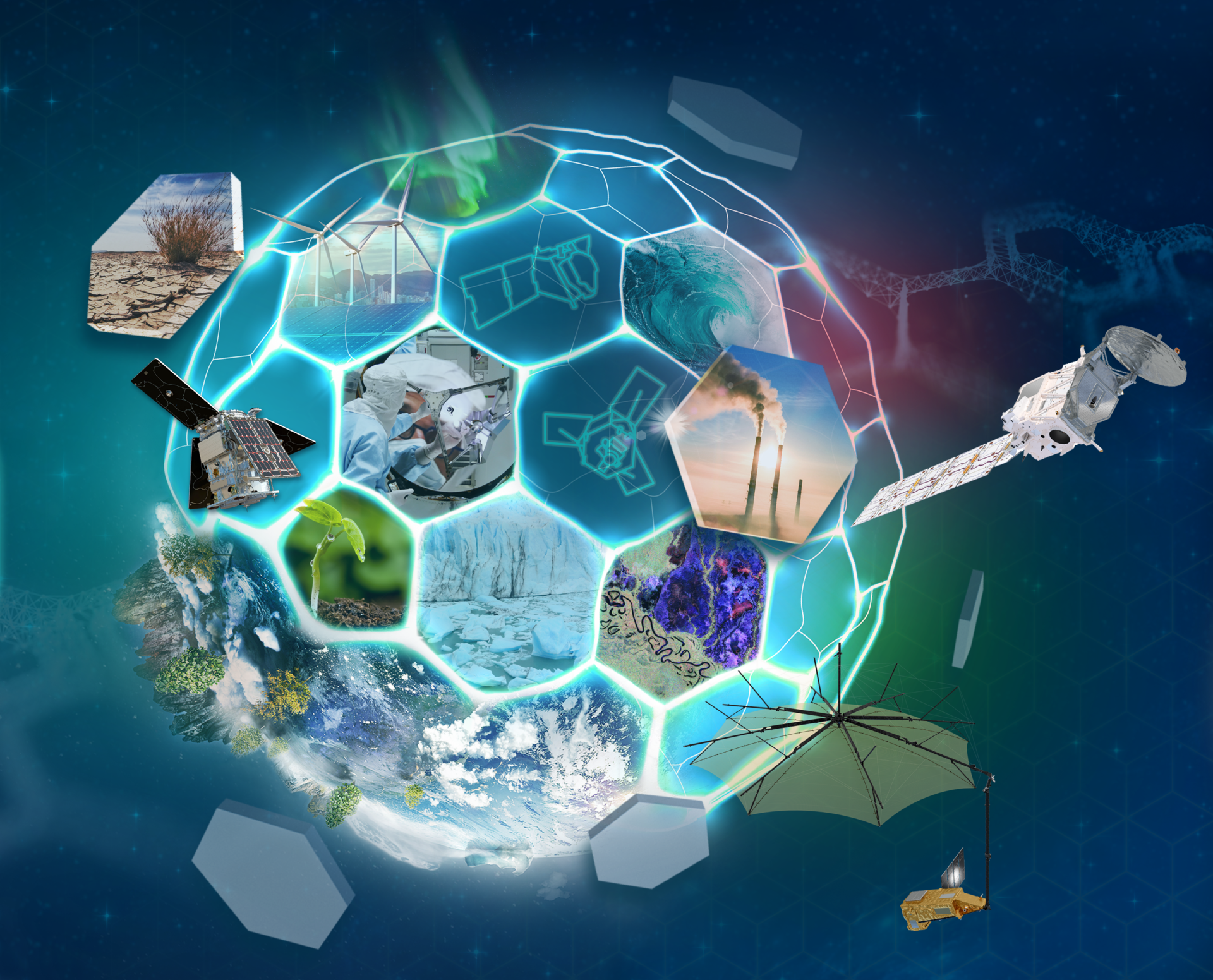

23/10/2025
99 views
1 likes
The European Space Agency’s Council at Ministerial Level is the time for bold vision and decisive action. In November, ESA’s Member States, Associate States, and Cooperating States will unite to elevate Europe’s role in space and secure its continued leadership for the benefit of citizens.
At the heart of ESA’s Earth Observation Programmes stands FutureEO – a driving force for innovation and excellence across satellite missions, Earth system science and Earth action, all in pursuit of a more sustainable and resilient future.
Designed to anticipate and address the challenges of tomorrow, FutureEO is poised to enter a new era of growth, ambition and global impact.
Pioneering Earth observation for a better world
While FutureEO is an established programme built on more than 25 years of achievements, its strength lies in its inherent flexibility – continually evolving with our rapidly changing world to harness the power of Earth observation.
By forging new space technologies, responding to pressing scientific priorities, addressing societal challenges, informing policy, and driving action on climate change, biodiversity loss and sustainability, FutureEO not only defines the future direction of Earth observation, but, critically, ensures that knowledge gained from space is transformed into tangible long-term value for society and the planet as a whole.
Through FutureEO, Europe continues to strengthen its leadership in space-based Earth observation – ensuring independent access to high-quality environmental data and sustaining the scientific and technological excellence that underpins Europe’s strategic autonomy.
By investing in innovation, fostering partnerships and aligning with European and global policy priorities, FutureEO contributes directly to a resilient, knowledge-based economy. It empowers decision-makers with the insights needed to safeguard natural resources, enhance climate resilience, and support sustainable growth for future generations.
Moreover, the new Earth Observation Science Strategy sets a European vision to sustain leadership in this critical field of Earth system science. With the Earth Observation Science Strategy in place, the coming years will see it put into action.
Taking Earth-observing missions into the future
At the core of FutureEO’s success are the acclaimed Earth Explorer research missions – all of which embody the programme’s founding principles of technical innovation and scientific excellence to the fullest.
To date, seven Earth Explorer missions have been launched successfully, each surpassing expectations by demonstrating new space technologies and delivering groundbreaking data that have reshaped our understanding of complex Earth system processes.
With another four currently in development, including the recently selected WIVERN mission, this extraordinary family of satellites continues to push the boundaries of Earth observation.
Importantly, Earth Explorers provide solid heritage on which Europe’s operational Earth observation capabilities are built. Many meteorological missions and Copernicus Sentinel missions owe their existence to the technologies, measurement techniques and application opportunities first demonstrated by the Explorers.
For instance, the upcoming Copernicus CRISTAL mission, due to launch in a couple of years, builds directly on the remarkable legacy of the CryoSat Earth Explorer, which cemented Europe’s leadership in polar and climate monitoring.
And, even when a particular Earth Explorer concept is not selected for implementation as a mission, the experience gained during its early preparatory phases continues to yield value.
A notable example is the Copernicus Carbon Dioxide Monitoring mission which draws heavily on the heritage of the CarbonSat Earth Explorer candidate – whose studies demonstrated the potential for detecting and monitoring anthropogenic emissions of carbon dioxide and methane from space.
FutureEO also embraces the principles of New Space, enabling rapid, cost-effective missions called Scouts that complement the Earth Explorers.
For example, the first in a series of Scout missions, HydroGNSS, is scheduled for launch in the coming weeks and will employ an innovative technique to measure key hydrological and climate variables.
Delivering value for society
With Earth observation recognised as a vital source of information for evidence-based decision-making, the Climate Change Initiative, which will now be integrated into FutureEO, is one of the prime examples of impact.
By compiling long-term data records on a wide range of essential climate variables, the initiative provides the robust scientific foundation to support the Paris Agreement and that the Intergovernmental Panel on Climate Change, for example, uses to assess the state of the global climate.
Another example is the Global Development Assistance element which works with international financial institutions such as the World Bank and the Asian Development Bank to integrate satellite data into the planning, implementation and monitoring of development projects worldwide.
More directly, FutureEO empowers people to make the most of satellite data – turning information from space into real-world benefits related to, for example, climate change mitigation, food security, water management, energy, waste reduction, public health and infrastructure protection across Europe and beyond.
A standout example is EO Africa, the African Framework for Research, Innovation, Communities and Applications. This African–European partnership is helping to drive the digital transformation of the African continent, built on strong collaboration with African stakeholders.
In the food security and agricultural domain specifically, FutureEO has paved the way for numerous initiatives such as Sen4CAP, which helps simplify European subsidy compliance monitoring.
In addition, WorldCereal is the first dynamic system capable of providing seasonally updated crop information to help monitor agricultural production across the globe. And GEOGLAM uses coordinated Earth observation data to support early warning and response to food emergencies. SEN4RUST helps Ethiopia’s farmers take action on wheat rust disease.
The list goes on in other areas, such as those related to the urban environment – the World Settlement Footprint and CITY NEXT, an AI-driven system to predict urban growth, and the Green Transition Information Factory’s efforts related to urban heat islands.
What’s next for FutureEO
Responding to the evolving landscape of Earth observation and societal needs, the FutureEO programme will be structured around three pillars: Foundations, Missions and Data, and Earth Action.
The Foundations pillar is the engine that powers every future Earth observation mission. It lays the groundwork for science, technology and mission preparation, ensuring that new programmes are ready, reliable, and risk-proof. It weaves in cross-cutting elements that touch every mission phase, making sure that every endeavour – from research to operational use – is built on solid science, technology and smart planning.
The Missions and Data pillar drives Europe’s excellence in Earth observation – from developing innovative missions and delivering state-of-the-art satellites to operating a diverse fleet in orbit and ensuring the resulting data are processed, reliable and accessible. It enables a full-cycle approach, covering mission implementation and management, while continuously evolving the data products to meet user needs.
The Earth Action pillar turns Earth observation into real-world impact, delivering benefits for science and society. Developed in close partnership with international stakeholders, it leverages ESA’s expertise to create short-term, tangible results and drives decision-making, and ultimately action. The Climate Change Initiative, EO for Society and the Global Development Assistance element will now be integrated into Earth Action.
Two standout missions in the spotlight
While the overall focus of the revised FutureEO programme continues to prioritise the delivery of value for Europe through excellence in Earth science, innovation and industrial competitiveness, there are a number of actions on the table, including the implementation of the Next Generation Gravity Mission and of the newly-selected WIVERN Earth Explorer mission.
The Next Generation Gravity Mission comprises two identical satellites that will form one of the satellite pairs in the joint ESA–NASA MAGIC constellation, alongside the NASA–DLR GRACE-C mission.
By mapping changes in Earth’s gravity field over time, NGGM promises to provide unmatched insight into how ‘mass’ moves within the Earth system. In doing so, the mission will reveal how key reservoirs of water, for example, are shifting – crucial information for managing natural resources and understanding climate processes.
WIVERN is the eleventh mission to be selected for implementation as an Earth Explorer. This new mission promises to provide the first measurements of wind within clouds together with information on the internal structure of clouds, filling a significant gap in the global satellite observing system. It will also deliver profiles of cloud water droplets, rain, snow and ice water. Its exceptionally wide swath will offer near-daily coverage of vast areas of Earth’s surface.
ESA’s Director of Earth Observation Programmes, Simonetta Cheli, said, “We live in an era when our planet is changing faster than ever before, with consequences that affect us all. FutureEO is firmly an end-to-end programme, we are not only advancing Earth system science with cutting-edge space technologies and innovative observation techniques – but also transforming these insights into meaningful action – helping to tackle global challenges, benefit society and strengthen economies.
“With further investment from our Member States, FutureEO will build on this strong foundation to deliver fundamental scientific breakthroughs, drive innovation, and provide the knowledge needed to guide sustainable decisions for our planet’s future.”
Stay Informed With the Latest & Most Important News
Previous Post
Next Post
-
 012024 in Review: Highlights from NASA in Silicon Valley
012024 in Review: Highlights from NASA in Silicon Valley -
 02Panasonic Leica Summilux DG 15mm f/1.7 ASPH review
02Panasonic Leica Summilux DG 15mm f/1.7 ASPH review -
 03How New NASA, India Earth Satellite NISAR Will See Earth
03How New NASA, India Earth Satellite NISAR Will See Earth -
 04And Thus Begins A New Year For Life On Earth
04And Thus Begins A New Year For Life On Earth -
 05Astronomy Activation Ambassadors: A New Era
05Astronomy Activation Ambassadors: A New Era -
06SpaceX launch surge helps set new global launch record in 2024
-
 07From Polymerization-Enabled Folding and Assembly to Chemical Evolution: Key Processes for Emergence of Functional Polymers in the Origin of Life
07From Polymerization-Enabled Folding and Assembly to Chemical Evolution: Key Processes for Emergence of Functional Polymers in the Origin of Life












